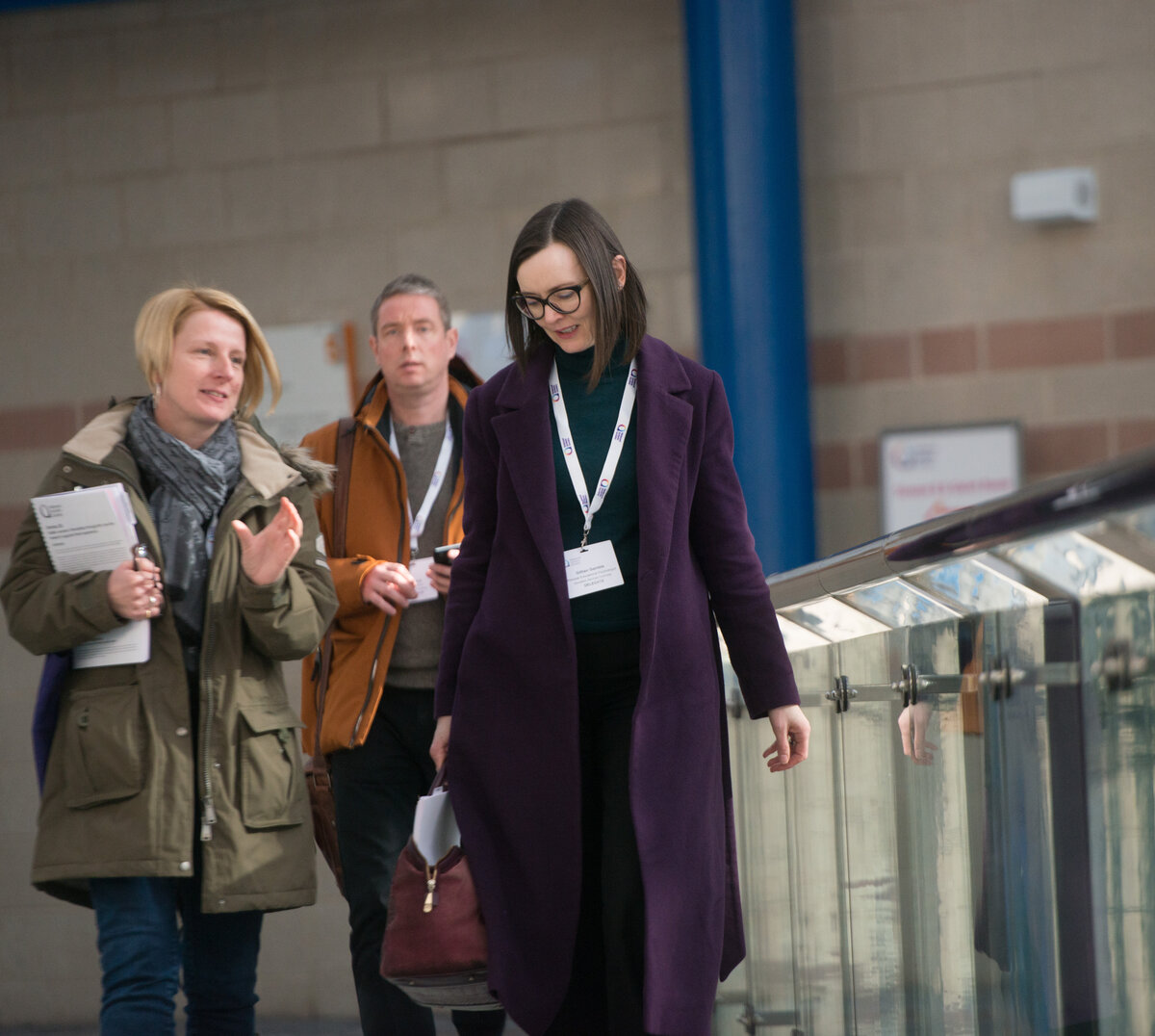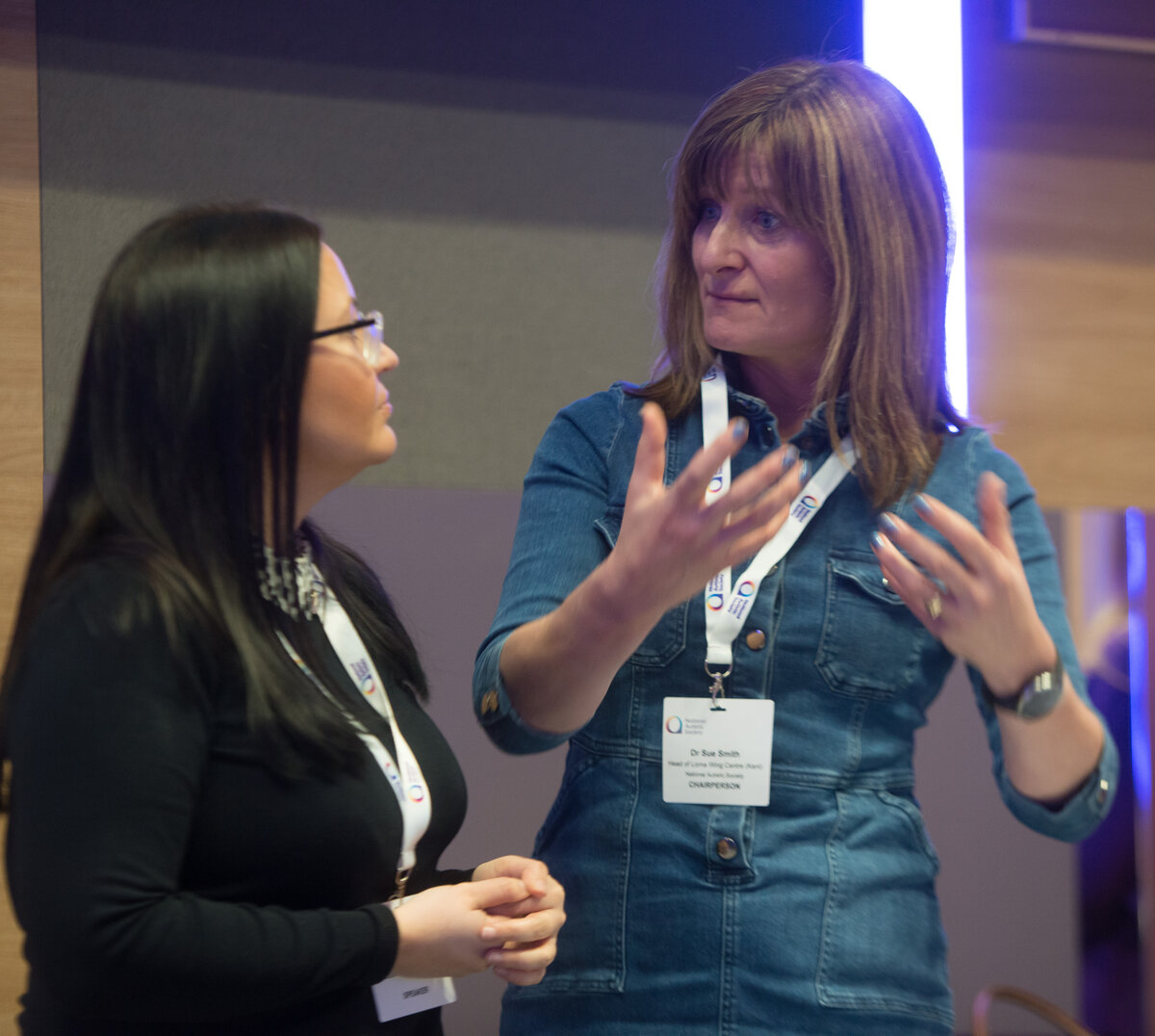Deafness and autism
Published on 08 October 2015
Author: Dr Sally Austen
Dr Sally Austen, Consultant Clinical Psychologist, explores some of the common areas of difficulty when attempting to make a correct diagnosis of autism for deaf people.
The prevalence of autism is higher in deaf people than in hearing people. However, conditions that mimic autism associated with language deprivation are even higher (Wright and Oakes, 2012). Additionally, many autistic people appear to have an uncomfortable relationship with sound.
The causes of autism are still not really understood. Whilst a genetic link has been confirmed, there are also causal associations between neurological vulnerability and autism. Where cause of deafness threatens functional integrity of the brain (e.g. CMV, meningitis, rubella, prematurity and some syndromic causes of deafness) it is not surprising to find that rates of autism rise. As survival rates for infants with these problems rise so will the proportion of autistic deaf people.
Diagnosis of autism and deaf people
There is an international shortage of professionals who have experience of working with autistic deaf people and even fewer who are deaf themselves or who can sign. Hence, misdiagnosis (both over and under-diagnosis) is more common than in an equivalent hearing population (Austen, Grey, and Carney, 2007). However, even for clinicians experienced in working with deaf people, an accurate diagnosis of autism is made difficult by the features of many deaf people’s development that result in conditions that can create a presentation that is similar to autism.
Language deprivation
Up until approximately the time children go to primary school, the brain is primed to develop sophisticated, abstract and social language. Without a rich language environment in these early years, language deprivation (permanently stunted language) is possible. This is alarmingly common in deaf people and particularly shocking in that much of it is preventable. Gregory, Bishop and Sheldon (1995) studied deaf children and their families and found that 20% of the deaf children were unable, despite normal non-verbal IQs, to be interviewed either in speech or sign because of poor language skills. Little has improved since this research.
Without language it is difficult to achieve the degree of social interaction to learn about the mental states of other people and how their behaviour may relate to these. This can result in poor Theory of Mind (ToM). A delay in acquiring ToM is linked to poor language acquisition (Woolfe, Want and Siegal, 2002).
It is clear that it is language deprivation and not deafness that is linked to poor ToM. Research by Peterson (2002) showed that, whilst deaf children of deaf parents develop ToM at the same time as hearing children of hearing parents (around 3-5 years), deaf children of hearing parents often have significant delays in ToM. Watching and understanding the linguistic interactions of others is crucial for deaf children to develop an understanding of abstract concepts and reasoning.
It is possible to develop ToM late, and it is certainly better than none at all. However, without it the child misses significant opportunities to develop socially and cognitively by aiding in new learning and social situations, for example dealing with peer groups, authority relationships with teachers, and romantic relationships.
Confusing hearing/speech with communication
Children who are prelingually deaf or later deafened may have problems communicating, which makes the identification of idiosyncratic communication in autistic people very unreliable.
When communication is not smooth, there may be many reasons for it. They may have language deprivation, may not have heard you, may have unclear speech that you did not understanding (or within which you notice an unusual prosody).
Crucial in the assessment of a deaf child is the analysis of their motivation to communicate – rather than their ability to communicate. Communication is the bridge to their social relationships thus their willingness and determination to share two way messages with you is key in deaf children. It is less striking in deaf adults who may have had years of failed communication attempts and somewhat given up trying.
Isolation
Isolation is an issue for many deaf people. Ninety percent of deaf children are born into hearing families. Most then live and function in communities (work, school, hospitals, prisons, churches, sports clubs etc.) where there are few deaf people. This can be a lifetime experience resulting in loneliness and isolation. In such communities the deaf person is often regarded as a ‘loner’ or a bit ‘different’, terms that are sometimes associated with autistic people. However, if the deaf child has had deaf role models and were then observed instead in a deaf environment, they would appear entirely social, competent and ‘normal’.
Education, literacy and opportunity for learning
Much of a hearing person’s learning is incidental, picked up informally by ‘overhearing’ peers, elders or the media. This is of course less possible for a deaf person in a predominantly hearing world. Many intelligent deaf people may still have gaps in their learning that are indicative of lack of opportunity, not of lack of ability. Even directed learning experiences such as school, evening classes, TV and the workplace are often relatively inaccessible to deaf people by lack of communication equipment such as loop and FM systems, sign language interpreters or when their instructors lack specialist knowledge of deafness.
Odd or uninformed behaviour may be observed where the deaf person has had difficulty accessing a range of information sources and is therefore over-reliant on visual modelling. For example a deaf child watching James Bond films ‘learns’ that it is socially acceptable to force a kiss on a woman who you have just met and who doesn’t appear to like you. Or one's constant visual scanning at an airport to ensure you are not missing vital information is regarded as odd and results in security guards initiating terror-related questioning (this happened to a deaf colleague of mine!)
Such underachievement, lack of understanding and uniformed behaviour can make the deaf person look less able than they are and the wider population (including diagnostic clinicians!). The deaf person’s lack of ‘common knowledge’ can lead to a confusion and a potential diagnosis of autism.
Diagnosing deafness in autistic people
Diagnosis of deafness in autistic people can be compromised by neuro-atypical cognitive processes, atypical social responses to communication and over-sensitivity to sensory input. Within audiology, those people who report deafness that is not recognised by audiometric testing are referred to as having ‘Non-organic Hearing Loss’ (or more pejoratively, ‘Functional hearing loss’).
Although little researched, within this subgroup of my clients I have an over-representation of autistic people, who find noise and verbal communication uncomfortable. For some, at times of stress, they can hear noise but the words cease to make sense; and for some the audiological mechanisms appear to be able to switch on and off depending on social comfort or discomfort. I also have clients for whom sound is so distressing that they are willing to damage their inner ears in an attempt to find silence.
Diagnosis of hearing loss or deafness in autistic people can be complicated by neurological difference and social difference. For both of these groups of people involving clinicians who have experience of working with deaf people with additional difficulties is crucial.
Conclusions
Misdiagnosis, and missing autism in deaf people is common. This is due to similar presentation of what could be perceived as traits of autism but that are in fact indicators of issues related to deaf development. These include:
- Poor Theory of Mind as a result of preventable language deprivation in deaf people.
- Isolation resulting from deafness and not autism.
- Education and learning barriers again as a result of deafness and not autism.
Top Tips
Ask the right questions
- Are you sure that person is deaf?
- What is their preferred language?
- What do you/they need to maximise communication? - Hearing aid batteries, Sign language interpreter with autism experience, good lighting, minimal back ground noise, deaf advocate
- If possible, observe their social and linguistic communication with their family members to establish early communication access.
- With sign language users, follow this with an observation of them communicating with their best deaf friend or a competent deaf professional to see if they are more fluent with more competent signers.
- In the absence of fluent communication, assess whether the person is MOTIVATED to communicate. Does the person want to understand you?
- Contact one of the National Deaf Mental Health Services (Adults or CAMHS) to co-work with you.













